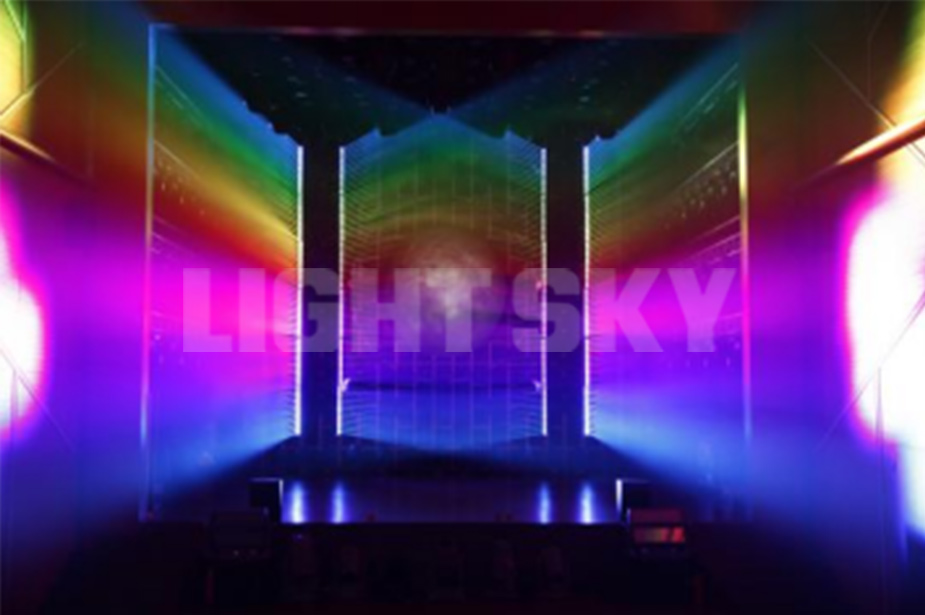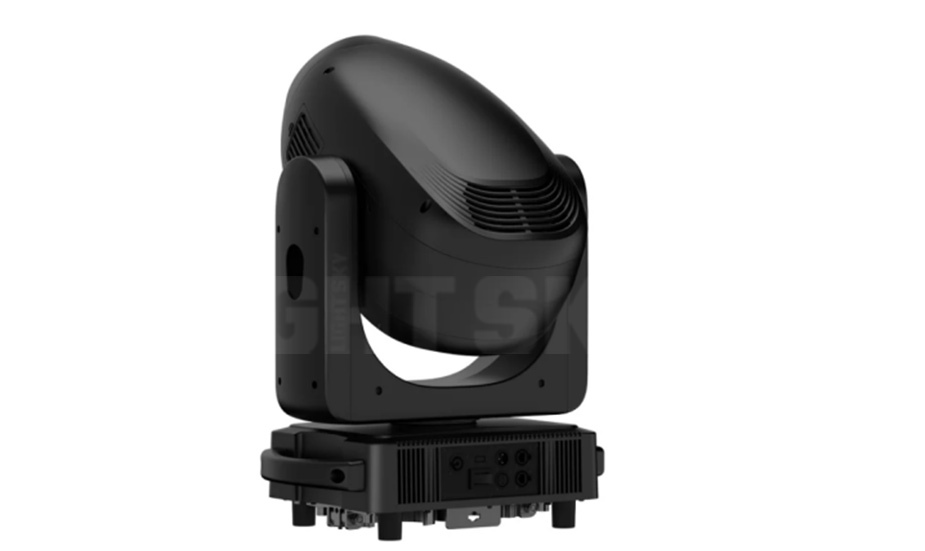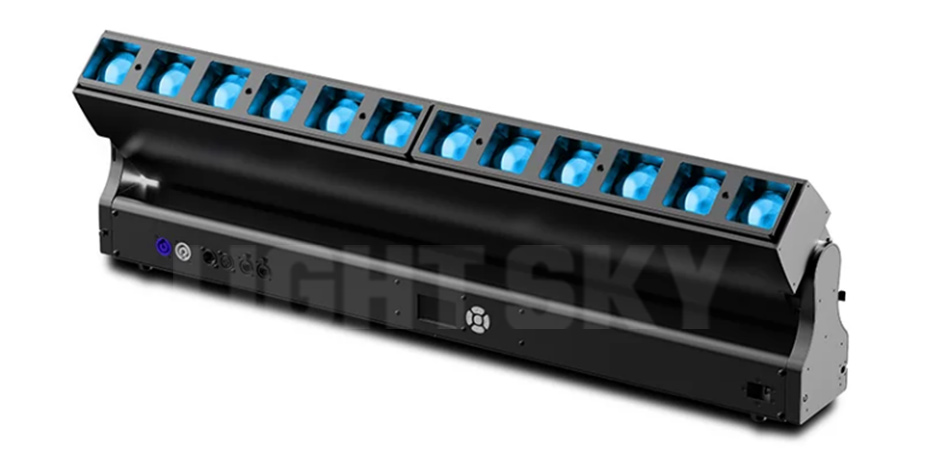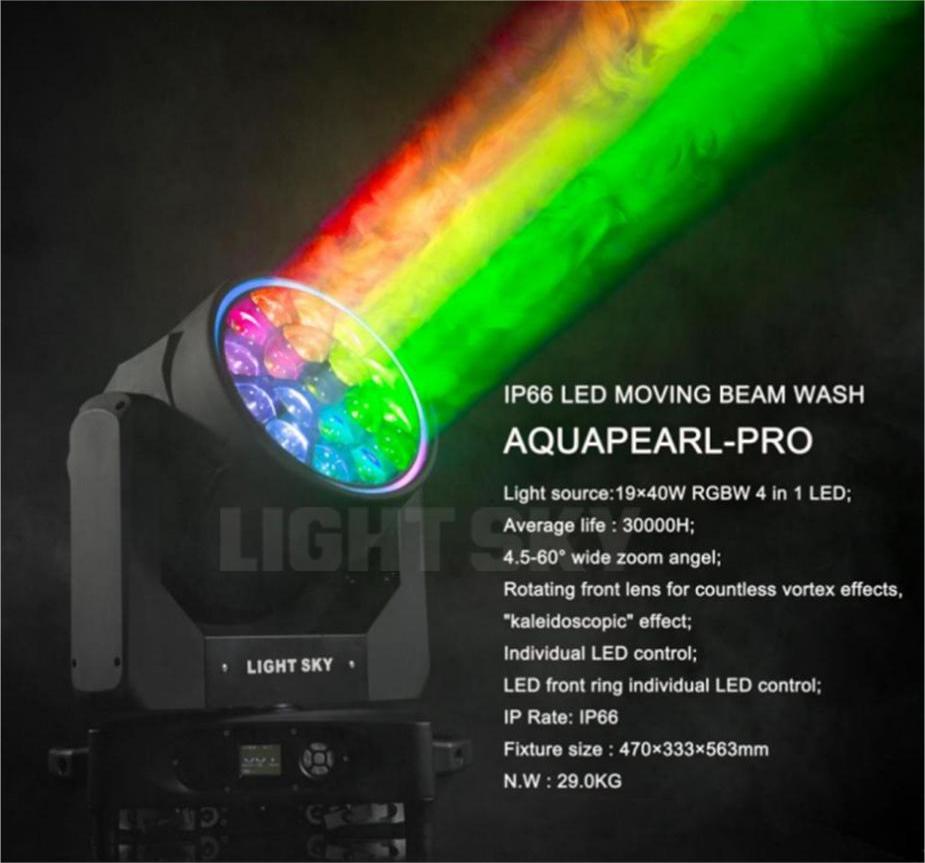What’s DMX, RDM, Artnet and Wireless?
What’s DMX?
DMX is a protocol used to control devices such as lights or fog machines. It was proposed by the USITT, the United States Institute for Theatre Technology. The signal is unidirectional, from the controller or first light, all the way to the last. DMX consists of 512 individual channels which are known as a Universe. Each channel or channels are assigned to control different parameters of the light, such as color, rotation, or strobe, and have data values of 0-255. Think of the data values like a fader on the mixer; the higher the data value, the more intense the function becomes. DMX is simply a lighting protocol. It allow you to talk to light, if you send in the DMX protocol, and they are capable of listening to the protocol.

What’s RDM?
Remote Device Management (RDM) is an addition to the DMX512 control protocol for stage lighting equipment, introduced in 2006. Since DMX is unidirectional with no support for metadata, with little capacity for error reporting or automated configuration. RDM’s coming address many of the shortcoming of DMX512. RDM revises the DMX512 standard to include bidirectional communication, and introduces additional options for the configuration of fixtures over the DMX512 network. RDM is backwards compatible with existing DMX512 devices, and requires few changes to the physical cabling of DMX512 networks.
Now for most of the fixtures in LIGHT SKY, we have the RDM protocol. Especially the new coming LED moving head beam wash, Aquapearl mini, has the completed RDM information. If you connect the DMX cat with it, you can also read it.

What’s Art–net?
With one DMX universe, it consist 512 channels, you can only control 170 pixels. And it’s not convenient for some big show with hundreds of functional fixtures. So someone invented the Art-net. Art-Net is royalty-free, transmitting the DMX512 and RDM protocol over the User Datagram Protocol (UDP). With Art-net, you can combine multiple DMX universes and send the data over single Ethernet cable. This is already a huge advantage, compared to need for separate cable for each DMX universe.
Some people also using the sACN protocol, what’s the difference? Art-Net is designed for broadcast and unicast. sACN is designed for unicast and multicast.

LIGHT SKY also doing well in this control protocol setting. For example, the Super scope pro, Aquapearl pro, MAMBA, etc. They all have the Artnet connector on the base. These fixtures were usually used on the big show.


What’s wireless?
For some huge stage event, the controller is far away from the stage, and people will need the technology of wireless. Wireless fixture control allows users to transform any fixture into an intelligent and energy-saving luminaire by providing it with wireless-dimming, occupancy-sensing, and daylight-harvesting capabilities. By providing a fixture-by-fixture control solution and eliminating the control wiring between fixtures, it also reduces design challenges, installation costs, and risk associated with adding energy-saving lighting controls to existing buildings. We adopt the technology of Lumen radio, with the high quality CRMX board, leave the wireless for the optional choice for the clients.

Lighting protocol is the base technology of the fixtures. It’s important for the lighting engineer to find an easy way to control the fixtures, which can help save the time and the cost, especially in the big show. LIGHT SKY focus on high quality fixtures, both in the hardware structure and software control. LIGHT SKY have the independent software engineers and optical engineers. And has the nice cooperation with Lumen radio. So when starting the development of a new fixtures, LIGHT SKY always trying to put completed control protocol on it.









